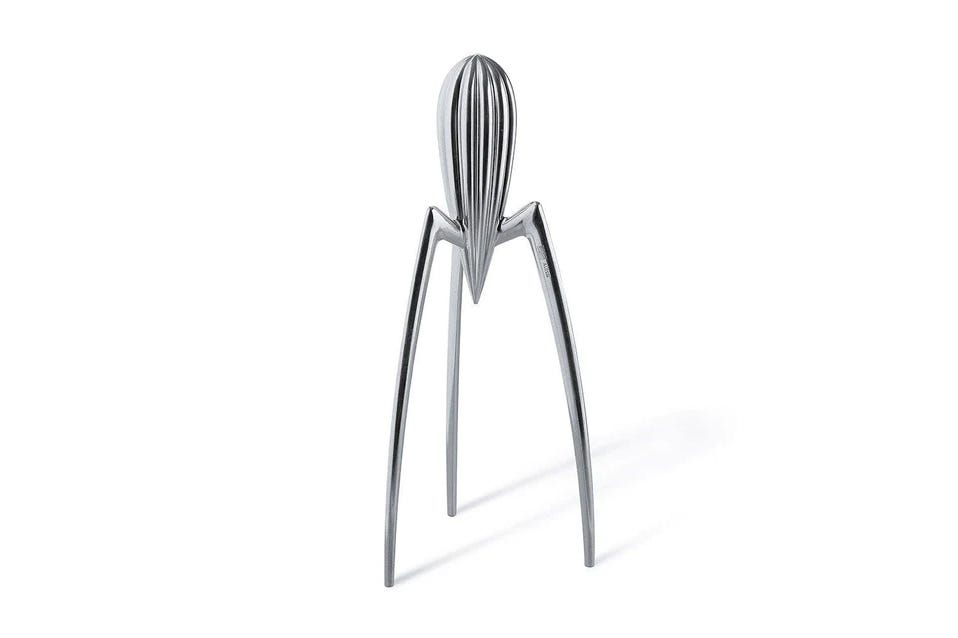Juicy Salif
Philippe Starck maintains, to this day, that the "Juicy Salif" he designed for Alberto Alessi was “not meant to squeeze lemons” but rather “to start conversations”.
Juicy Salif, a citrus juicer designed by Philippe Starck in 1990, is considered to be a design icon, and has been displayed in the permanent collections of the Museum of Modern Art and the Metropolitan Museum of Art in New York, as well as the Victoria and Albert Museum in London.
This is all despite the fact that it d…



